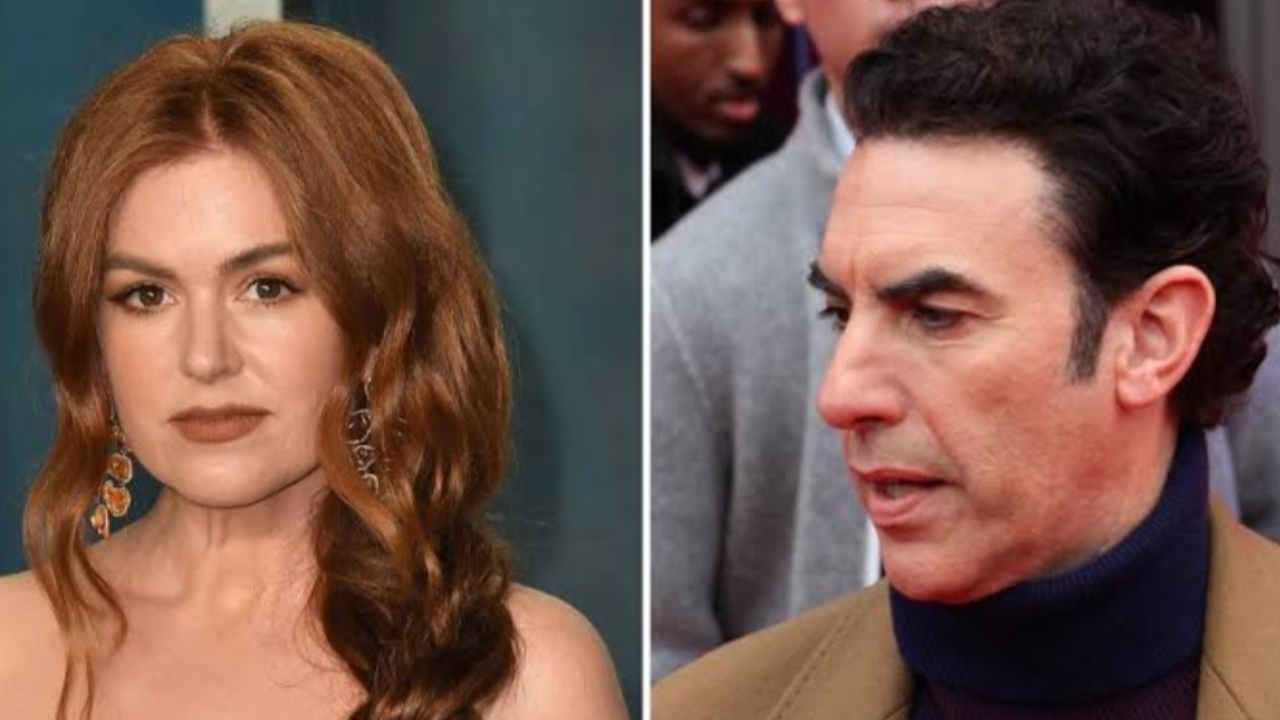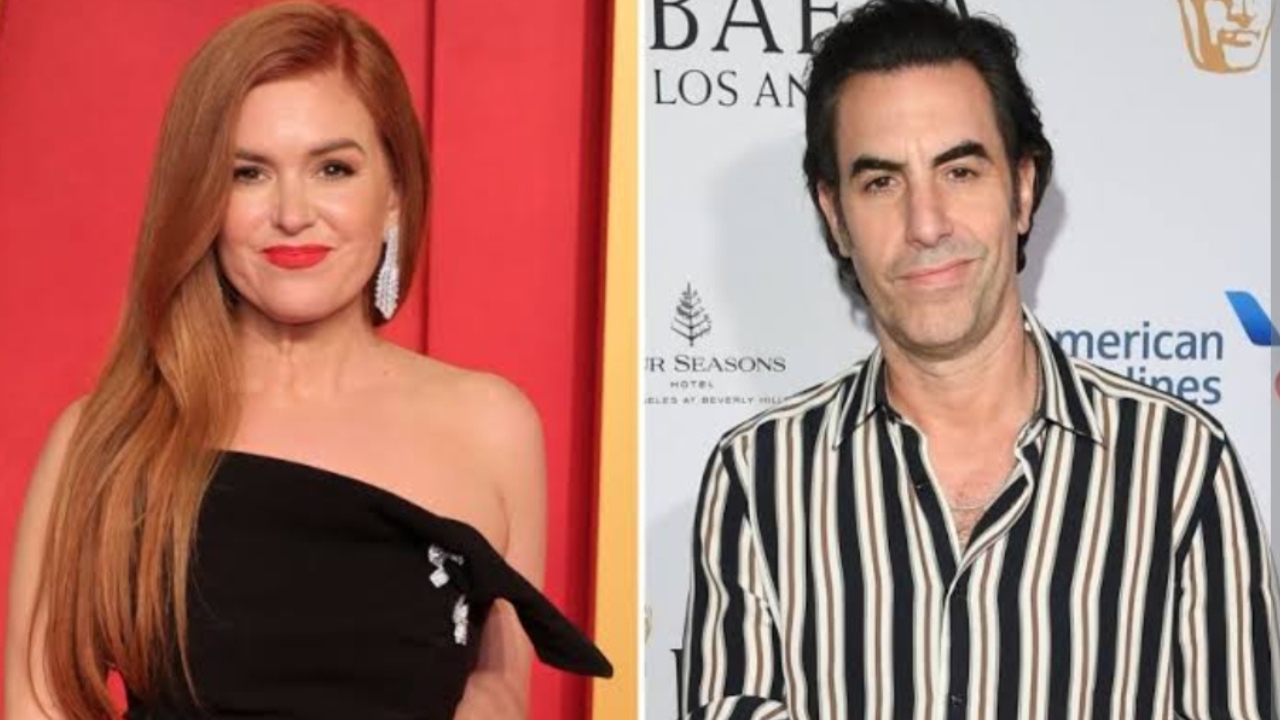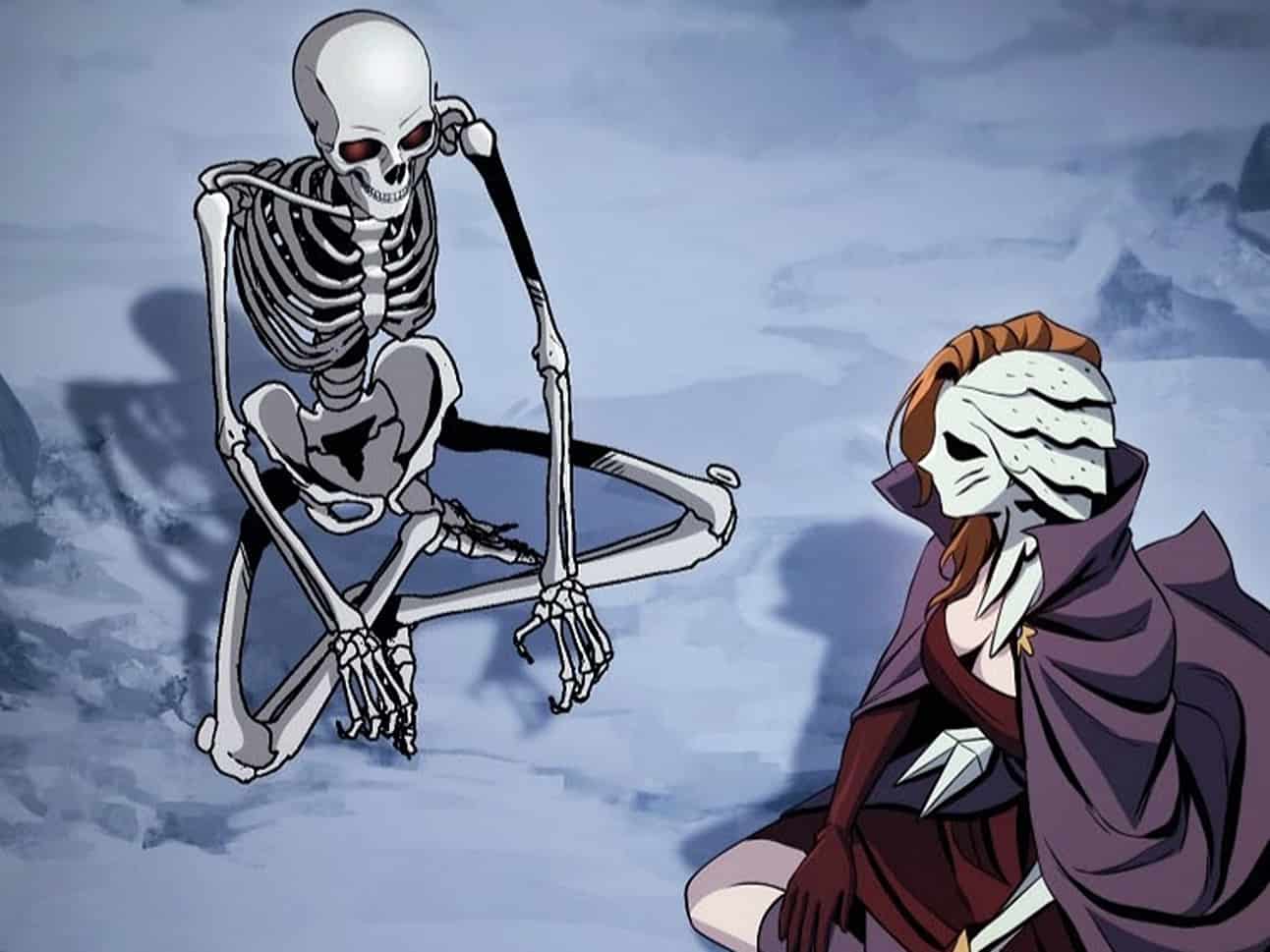Sacha Baron Cohen and Isla Fisher have announced their decision to divorce after two decades of marriage.
In a heartfelt social media post shared on April 6, 2024, the couple revealed that they had filed for divorce the previous year, bringing an official end to their long relationship. They included a picture of themselves in tennis whites, humorously captioning it:
“After a long tennis match lasting over 20 years, we are finally putting our racquets down.”

The pair, who share three children, emphasized their desire for privacy throughout this process. They expressed,
“We have always prioritized our privacy, and have been quietly working through this change. We forever share in our devotion and love for our children. We sincerely appreciate your respecting our family’s wish for privacy.”
Sacha and Isla first met in 2001 at a party in Sydney, Australia. Reflecting on their first encounter, Sacha mentioned in an interview that they bonded over making fun of others at the pretentious event, noting that he knew instantly that Isla was someone special, even if she didn’t feel the same right away.
Sacha Baron Cohen, known for his iconic roles as Ali G, Borat, and Bruno, gained worldwide fame for his comedic characters, often pushing boundaries with his controversial humor.
Isla Fisher, originally known for her role in the long-running Australian soap Home and Away, made her breakthrough in Hollywood with her role in Wedding Crashers (2005) and later starred in Confessions of a Shopaholic and wrote a series of children’s books.
In recent months, Sacha has been involved in a dispute with actress Rebel Wilson, ahead of the release of her memoir.
In the book, Wilson made allegations against Cohen regarding the filming of his 2016 movie Grimsby, accusing him of creating an uncomfortable and sexually harassing environment.

Cohen’s legal team denied the allegations, providing evidence to disprove them, which has led to a delay in the memoir’s release in the UK and Australia. The book is set to be released in those countries on April 25, 2024.
Despite their split, the couple has been careful to maintain privacy and mutual respect, focusing on their family and personal well-being.




